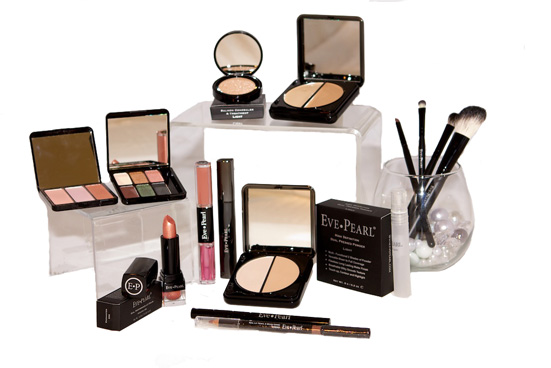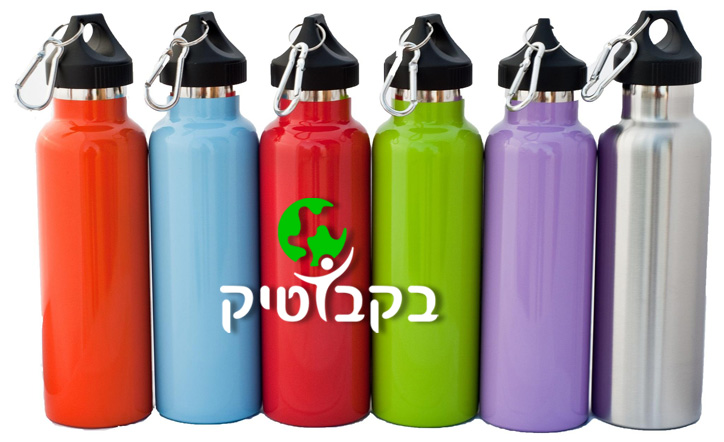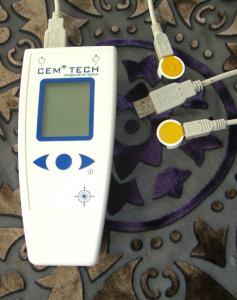Maimouna-A-Moroccan-Post-Passover-Festival
04-07-2013 / By:
Maimouna is a
festival traditionally celebrated by Jews of Moroccan origin/descent at the
conclusion of Passover. It is essentially
a post-Passover chametz (leavened bread and foods that are normally forbidden during
Passover) party. The origin of this festival is unclear. According to one explanation,
this celebration dates the anniversary of the death of Maimon ben Joseph, the
father of the renowned Jewish philosopher Maimonides (Rambam), a scholar who
lived in Morocco and wrote on Jewish-Moslem relations. He died around 1170.
According to
a different source, “Maimouna” is derived from the Arabic word for wealth and
good fortune. Ma’amoun literally means protected by G-D. Since Pesach is the
beginning of the new agricultural year, when the world is judged for produce,
it is a time to pray for plentiful crops, symbolic of general prosperity.
Others
connect Maimouna with the word emunah ("belief"), claiming it
celebrates belief in Israel's redemption. Along the same lines, there is also
support (said to be traced to Maimonides' explanation) for the word being an
Arabic adaptation of the phrase Ani ma'amin (I believe), the classic expression
of faith in the coming of the messiah (ana for ani, placed after the verb
ma'amin, as is common in Arabic, yielding ma'amin ana, which became maimouna in
the local Judeo dialect). It may have been a greeting exchanged to bolster one
another's disappointment that Passover had come and gone without the
long-anticipated return to Jerusalem.
Maimouna usually
starts with an evening meal of dairy foods symbolic of birth and fertility –
milk, figs, ears of wheat, and pancakes with butter and honey. Often a live
fish, swimming in a bowl, is on the table, probably reminding the diners that
fish are considered the most fertile of creatures. Alongside the fish bowl is
likely to be a bowl of flour in which golden rings are hidden. The chacham
(sage) of each local Jewish community dips a sprig of mint in a bowl of milk
and sprinkles the milk on the heads of the community’s members. There is a
great bustle of visiting and sharing foods from one household to another. On
the following day there are large picnics at beaches, fields, and cemeteries.
For the
Sabbath after Passover, when the approaching start of the month Iyar was
announced, challah (bread served on the Sabbath) was sometimes made in the
shape of a key. Sprinkled with sesame seeds representing the mahn (manna) that
began to fall in Iyar (after the Exodus from Egypt, as related in the Torah),
the challah stood for the key to our livelihood, which is in God's hands.
In Israel,
Jews of Moroccan background carry on the Maimouna tradition with each other,
including a large get-together in Jerusalem. In America, some Jewish and Muslim
communities have made Maimouna and the end of Ramadan a time for peaceful
visiting to redress the fear and anger that have sometimes beset the two
cultures in recent generations.






